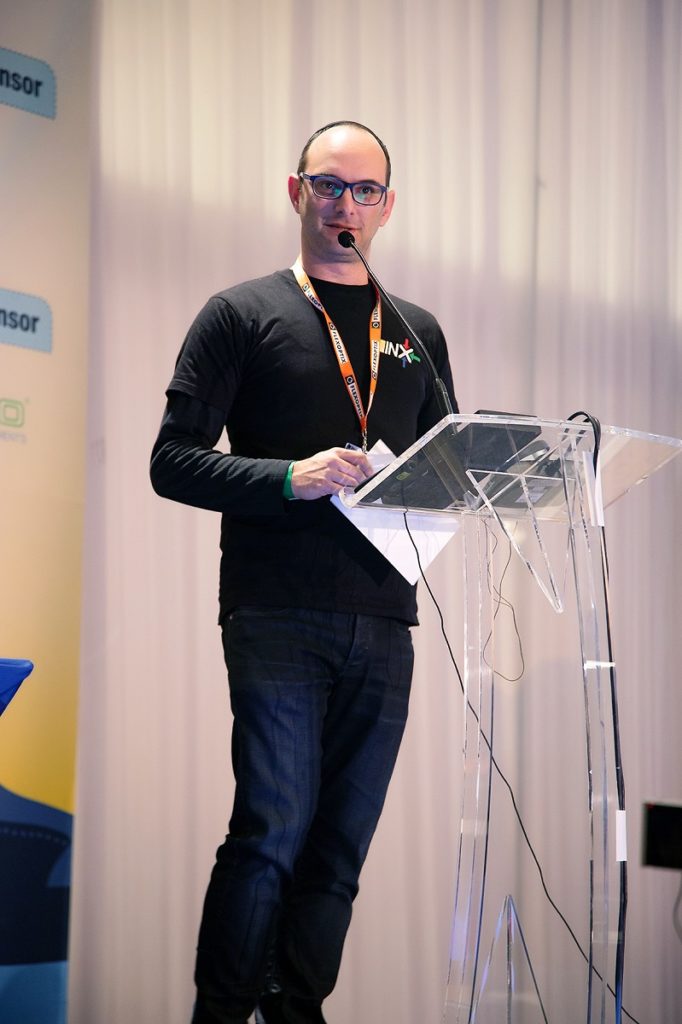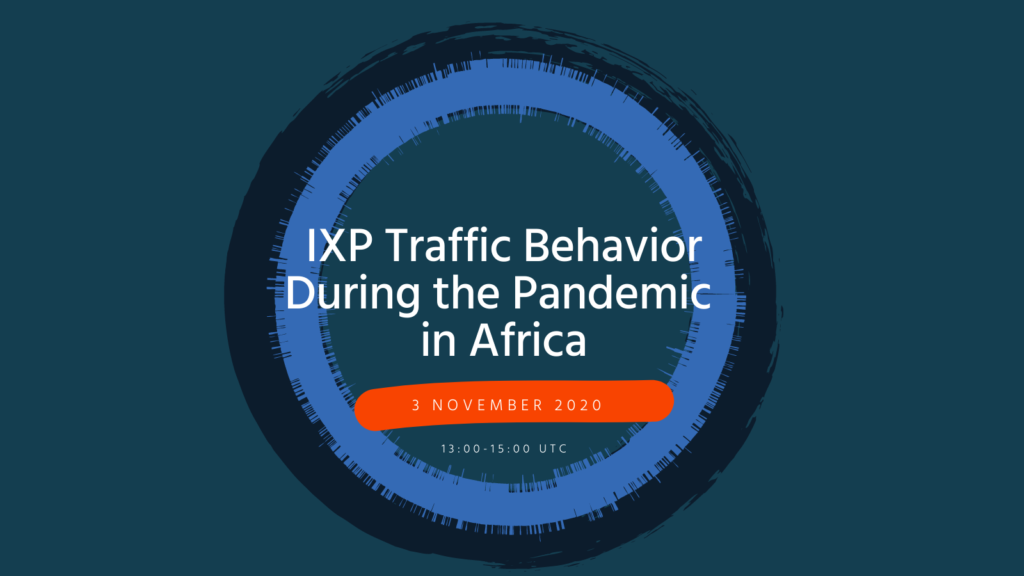Lows and Peaks: How Africa’s Internet Traffic Behaves During Lockdowns

The fourth session of the Virtual Peering Series – Africa started on a solemn note, as participants remembered the contribution of Malcolm Siegel, a dedicated member of the African Peering & Interconnection Forum (AfPIF) Program Committee (PC), and champion for Internet development in the region and beyond who recently passed away.
Andrew Owens, Technical Lead for Interconnection and Peering at Teraco and co-chair of the AfPIF PC led the tributes, remembering the various conversations they had. He said Malcolm was committed to peering and interconnection, regardless of company affiliation. If, for example, the network was down at the exchange point, Malcolm would call anytime and ensure the services are restored. His business partner, Andrew Cruise, also shared tributes. The AfPIF PC and organizers unveiled a memorial page for Malcolm with their tribute. The page allows the global Internet community to post their personal tributes.
The session then proceeded with the topic of the day; Internet Exchange Point (IXP) Traffic Behavior During the Pandemic in Africa. It featured a panel discussion with experts from Mauritius, Nigeria, South Africa, Uganda, and the US.
Co-moderated by Darwin Costa, Senior Business Development Latin America (LATAM) & Africa at DE-CIX and Chidinma Iwe, Systems Architect at Cisco, the session aimed at helping participants understand the behavior of traffic at African IXPs during the Coronavirus (COVID-19) pandemic.
Panelists noted that immediately after government-imposed lockdowns, generally some IXPs first experienced a dip in traffic and a gradual increase thereafter.
In Uganda, the initial decline was because offices where traditionally people accessed more Internet closed. Additionally, there was the challenge of disposable income, among the majority. Kyle Spencer, Chair and Executive Director of the Uganda Internet Exchange Point (UIXP) said the traffic has since blossomed. He attributes the rise in traffic to people working from home, and the addition of an Internet Protocol Television (IPTV) network at UIXP.
Teraco, Africa’s largest IXP, first saw an initial 30 percent decrease and then a sharp increase of 60 percent; from 1 Terabit per second (Tbps) to 1.6 Tbps.
When people use the Internet and have a good experience, they use it more. People at home watch more videos and access more online content, compared to sitting in road traffic. Even the South African government noticed that it was easier to communicate with people online, said Owens.
In Nigeria, The Internet Exchange Point of Nigeria (IXPN) collaborated with Facebook to offer a port upgrade at 50 percent cost to its members. The offer is still open. Additionally, IXPN upgraded its core network in Lagos, in anticipation of traffic growth. Lagos accounts for 90 percent of traffic at IXPN.
For Facebook, IXPs are important for growth, because it would be impossible to connect directly with networks, and presence at an IXP allows even smaller networks to connect with big Content Distribution Networks (CDNs) like Facebook.
Andrew Baskett, Edge Strategy Manager at Facebook, said Facebook took time to explore ways to support more African IXPs increase their capacity, resilience, run upgrades, and launch services that take into consideration the data packages of users.
There is no doubt that Africa’s content has grown during the period, but there is a need to reinforce the local tech ecosystem and attract international players in order to improve resilience and lower connectivity costs further.
People need to have access to their content [but] 80 percent of local news websites are hosted abroad. Imagine if they were hosted locally and at a cheaper cost to the users. We would build the local hosting ecosystem and make access faster, said Amreesh Phokeer, Research and Innovation Manager at the African Network Information Centre (AFRINIC), the Regional Internet Registry (RIR) for Africa.
In his presentation, Amreesh noted that during lockdown in South Africa, mobile downloads peaked at a high of 35Mbps while fixed services ran at 35Mbps, Ghana fixed Internet speed peaked at 45Mbps and 20Mbps for mobile downloads. In Algeria, mobile downloads were at 12Mbps while mobile top speed was at 4Mbps. In Kenya, mobile speeds peaked at 23Mbps while fixed Internet was at 20Mbps.
The slow Internet experienced in South Africa was as a result of cable cuts and speeds increased after restoration. In other countries, speeds picked up after interventions by local operators and governments, to facilitate work from home requirements.
Amreesh also spoke about an ongoing study in collaboration with the Internet Society, to measure the ratio of international Internet paths intercepted by a border autonomous system (AS), defined as chokepoint potential. The study will measure the chokepoint potential in countries, the national chokepoint potentials and share insights on how to strengthen Internet resilience in Africa.
The last session was a pilot of the virtual peering social in Gathertown, an online platform that allows people to meet and hold parallel conversations as in real life. This follows the tradition that most interconnections and peering agreements are made through a handshake. If successful, the organizers are hoping to have a formal virtual social with an aim of providing a virtual network opportunity for the peering community at future events.
